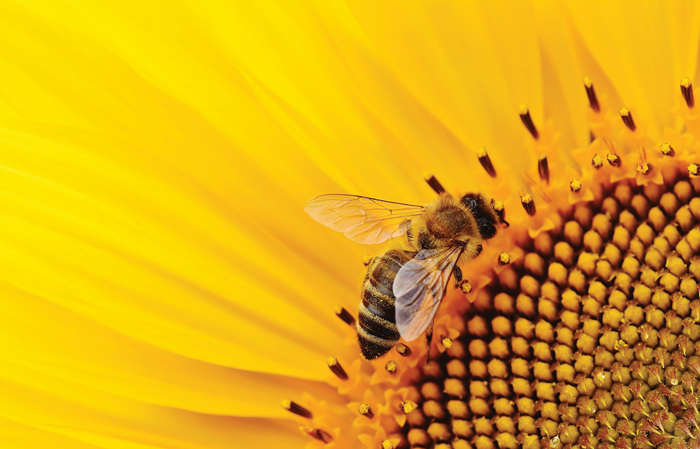The crucial role of pollinators in agriculture is well known. But is it well known enough, or rather adequately conceptualised, by those whose actions could negatively impact these creatures?
When looking at some of the incidents that occurred over the past few years – incidents that could so easily have been avoided – it makes one wonder. Although there are many factors that impact bee health, such as diseases, poor nutrition, adverse climatic conditions as well as lack of genetic diversity and lineage, the irresponsible use of pesticides (with the emphasis on irresponsible) should certainly not be one of them.
There are many ways to ensure that crops are protected from the diseases, weeds and insects that threaten them, while at the same time safeguarding pollinators from the possible risk of these products. Some of these considerations when planning a spray programme are discussed below.
Follow the label … always
Just because a product is toxic to pollinators in a laboratory environment, does not mean that it cannot be applied safely with minimal risk in the field, provided of course that all the necessary instructions are followed. Registered pesticides in South Africa have undergone stringent toxicological and safety reviews, including impacts on human and environmental health. This is why products that are hazardous to pollinators come with a pertinent warning on the label, along with exact instructions to ensure that the risk is mitigated. If these instructions are not followed, it is a contravention of Regulation No. R1716 of 26 July 1991 under Act No. 36 of 1947 – meaning the application is illegal.
The label is also the first port of call to see if the intended product is indeed registered for that specific use, including application method and target crop. If producers are unsure about the product label, or if they would like the option to specifically search for registered products by crop, pest or active ingredient, they should consider subscribing to Agri-Intel (www.agri-intel.com), which contains the label information of most of the registered crop protection products in South Africa.
Good agricultural practices
There are a number of basic agricultural principles that can be followed to ensure pollinator safety when applying crop protection products. The first is to practise integrated pest management, which means combining a variety of cultural, mechanical, biological and chemical crop protection methods, and only applying pesticides when absolutely necessary. Once it is established that chemical pest control is the most viable method, producers must use application techniques that ensure minimal spray drift, such as applying directly onto the target, avoiding application in windy conditions and avoiding night-time application when inversion conditions could prevent successful deposition of the product.
The best application time with regard to pollinators is probably either early evenings when bees have returned to their hives or early mornings before the bees start work, but under no circumstances should application take place while bees are active in the field. Remember that once pesticides are dried off, they pose very little risk to bees – so the aim is to avoid any direct contact or risk of contact, such as when crops are in bloom, when applying these products. Scouting and monitoring are not just good for knowing whether there are any pollinators active in the area, but also for identifying problem pests at an early stage, which could prevent the need for pesticide application during bloom.
Another good practice is to know the products that are used well, including the residues and amount of time that the product might still be toxic to bees. For example, systemic insecticides have longer periods of residual activity. For obvious reasons, pesticides should never be mixed with substances that could be a lure for pollinators.
 There are some resources available on the CropLife SA website that summarise these principles, including a poster which may be distributed on the farm as well as a short video. Scan the QR code to view these resources.
There are some resources available on the CropLife SA website that summarise these principles, including a poster which may be distributed on the farm as well as a short video. Scan the QR code to view these resources.
Communication is key
Strangely enough, many instances of pollinators being adversely affected by pesticides occur because of a basic lack of communication between producers and beekeepers. With the enormous amount of communication methods and platforms available today, informing beekeepers of intended application activities is a simple exercise, and vice versa for beekeepers to inform producers when their bees are busy in the fields. Remember that no environmental system operates in a void and actions always have reactions, whether intentional or not. The simple act of communication can go a long way in avoiding any unintended consequences.
This is why the crop protection industry, together with a number of grower and beekeeping associations, have committed to ensuring that their activities are conducted in such a way that pollinator safety is a key priority in the form of a charter. The charter can be viewed at https://croplife.co.za/PollinatorCharter. CropLife SA encourages anyone who is involved in any activity that could affect pollinators to adhere to the commitments set out in the document.




















